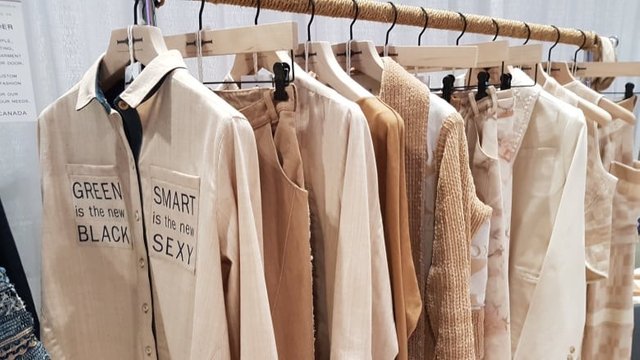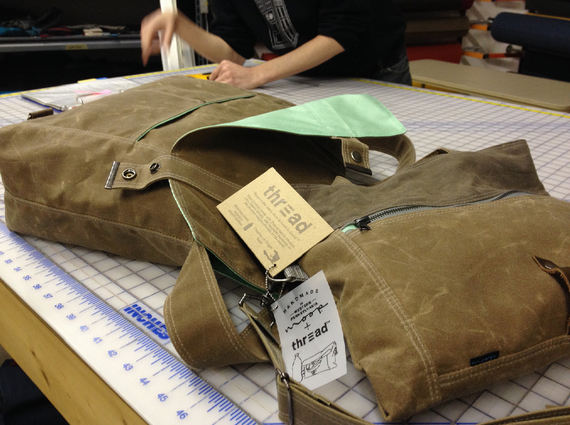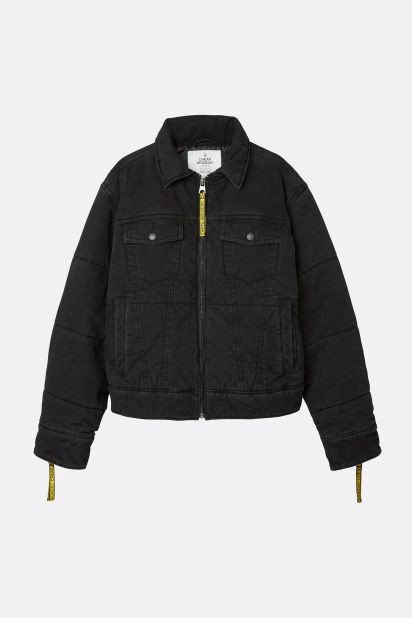An eco-friendlier alternative to wearable fast fashion.
How many times have you picked up an item of clothing and known exactly where it was made and who made it. Chances are: ALWAYS, because every clothing label state the designer’s name and where it was produced. However, often times, you seem to miss out on how the fabric was sourced and the process it was made using. With all the hype now placed on CSR (corprate social responsibility aka the role a company must play in the wellbeing of the planet) Companies are now looking for more ways to market, gain and sustain a new niche of consumers that are more focused towards living a more enviormentally friendly life.

While the plastics at work in everyday fashions or high-end couture might not be obvious, plastics have been a key ingredient in fashion since the early 1900s. Lucite shoes and sequined dresses might be the most familiar instances of plastics use, but next time you pull on a sweat-wicking workout top or form-fitting undergarments that hold their stretch and shape wash after wash, consider that plastics helped make that garment possible. Not only a wildly used fabric such as Polyester can be made out of plastic that is fascinating in itself, however fabrics such as Nylon, Rayon, Organza and Taffeta, a fabric many people associate with luxury and high end garments due to its famously lustrous appearance, are fabrics that can easily be replicated as well.
Many firms are starting to implement this plastic to fabric scheme, most significantly, an innovative young company in Pittsburgh, Threads; that sources from Haiti, is doing precisely that — dealing with Haiti’s particularly acute problem of discarded plastic bottles by hiring people there to collect that plastic waste, which then gets cleaned and shredded, turned into thread, and woven into fabric for use in sports apparel, boots and shoes, messenger bags and totes, and other goods. This not only aids in improving the waste lands, but also provides direct employment, all positively impacting the country.

A Moop bag in production. The green liner is Thread fabric with durable water repellent. (Thread)
Apart from Threads, brands such as Cheap Monday, started the company on the bases of organic cotton and sustainable materials. For Cheap Monday, It all started in March 2004 when the tight denim with the characteristic skull logo first hit the market. But to tell this story correctly, we have to go back to November 2000 when Örjan Andersson, Adam Friberg and two of their friends opened a small second hand store in a Stockholm suburb. (For more information, visit https://www.cheapmonday.com/gb/ ) Now with over 1800 store worldwide, Cheap monday has successfully secured its name in the market as the premium provider of sustainable, yet trendy, street style fashion. One thing that has significantly contributed to their success is the transparency that the brand provides, giving a suppliers list, the materials they manufactuer stand alone and their production process. With an outstanding collection packed with demin, puffer and soft cotton, Cheap Monday nuances at the potential that fashion now has. One piece that stands out in particular is the new Puffer Tape Trucker Demin Jacket, the synergy of two classic styles: Puffer and Demin in such a seemless manner with the yellow accents makes this piece one for history. (https://www.cheapmonday.com/gb/new-in/women/coats-jackets/puffer-tape-trucker-denim-jacket/7819480-11319893.1?image=5012671#c-47958)

They do for clothing what Whole foods does for groceries.